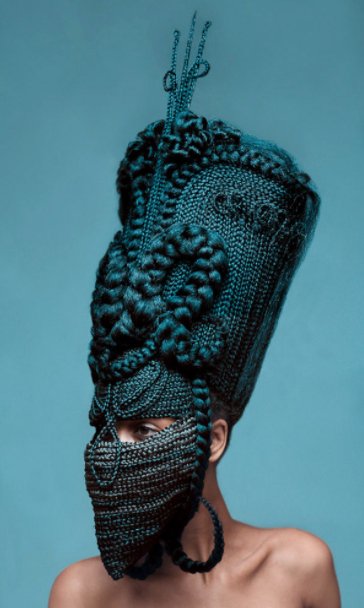Parallel Lines: Kincsö Bede & Giulia Agostini
© Giulia Agostini. Stivale, 2020. Courtesy Galleria Podbielski.
Written by Federica Belli
It is clear by now how the research of beauty in and of itself has come to be linked to a sort of photography perceived as superficial and uninteresting. Focusing on the aesthetics indicates a lack of deeper meaning, an outdated approach and most often a quest for easy sales on the side of an artist. While firmly believing, against most trends and niches, that beauty actually remains a facilitator for any tedious but necessary dialogue, the wide range of works exhibited at the MIA Photo Fair (N.d.R. the main photography fair in Italy, held in Milan between March 23 and March 26) guided me towards a fuller understanding of the relationship between aesthetics and ethics in the current discourse in our community.
By now we all have learned by heart how “the world has enough beautiful pictures,” a sort of mantra reminding each and every fine art photographer of her responsibility to address current issues and give a depth to the work she creates – a responsibility which is somehow inextricably bound to the mere belief of making a living with photography. But honestly, while the need for experimental and engaged photography is as strong as it has ever been, the perception of inappropriateness on the side of artists can only stifle their production. For how many beautiful images we might see, do we really not need more beauty? Rather, we need more poetry. We need more artists sublimating painful and disorientating experiences – and merely being alive these days is disorientating enough – through a visual language that stems from the poetics of violence and sublimation only to go past them.
Moreover, given how subjective and ever evolving the definition of beauty has proved to be, people are captured by the most variegated range of images possible. Which means…that there is no point in discussing beauty alone. Rather, why do we not discuss how beautifully a message is conveyed through a photograph?
© Kincsö Bede, Courtesy ToBe Gallery.
After all, the MIA Fair has proved once again how young photographers are pushing the boundaries of visual storytelling through an increasingly powerful mixture of having a clear vision and beautifully conveying it right to the viewer. Think of the striking work of Kincsö Bede, retracing the communist roots of her homeland and its passing through the generations. A poetic use of black and white merges with ironic and witty compositions, generating a feeling of only belonging to the sense of not belonging. Take the work of Giulia Agostini, an interwoven tale of women carelessly shifting between the ordinary and the extraordinary.
Photography fairs, an enchanted land between paradise and nightmare, are the perfect playground to truly test how the visual language can and should bring forward our contemporary place in the world. Through beauty as much as through its refusal, photography represents its time. In this case? A time of constant disenchantment and disorientation, once again digestible through acceptance only.








